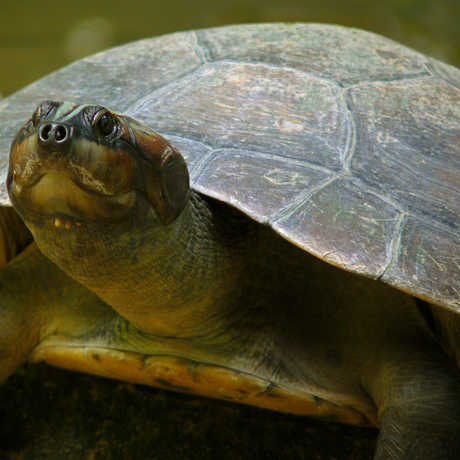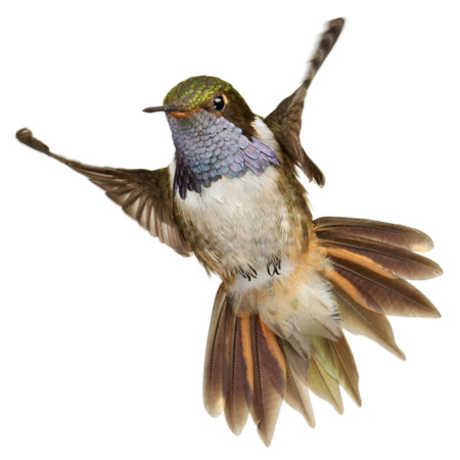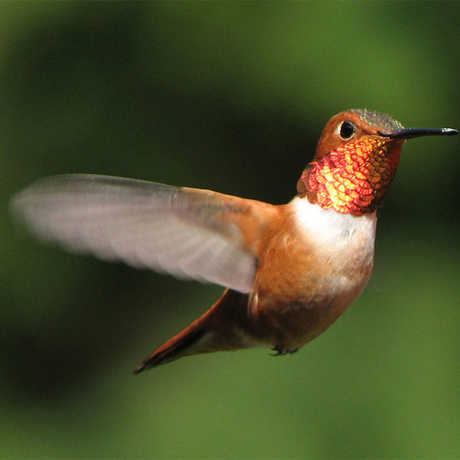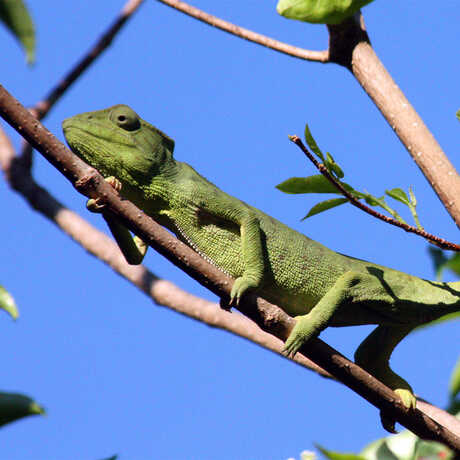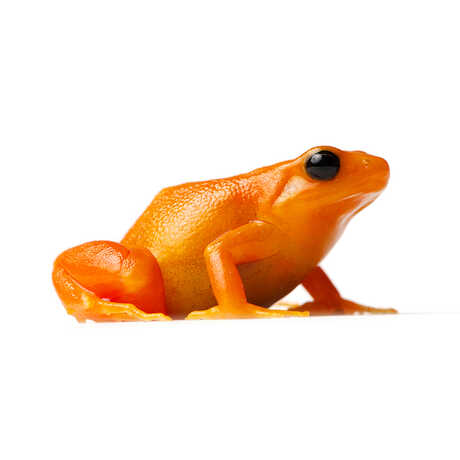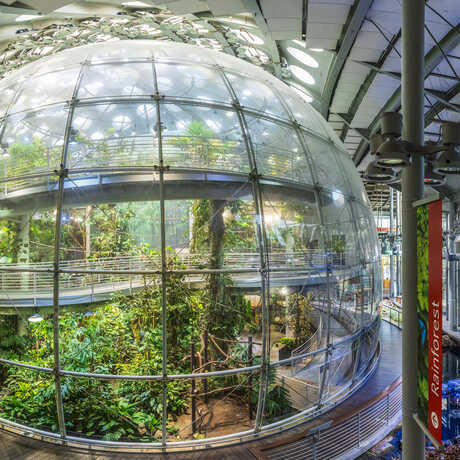These acrobatic birds can be found flying freely in our Rainforests of the World exhibit.
Blue-Necked Tanager
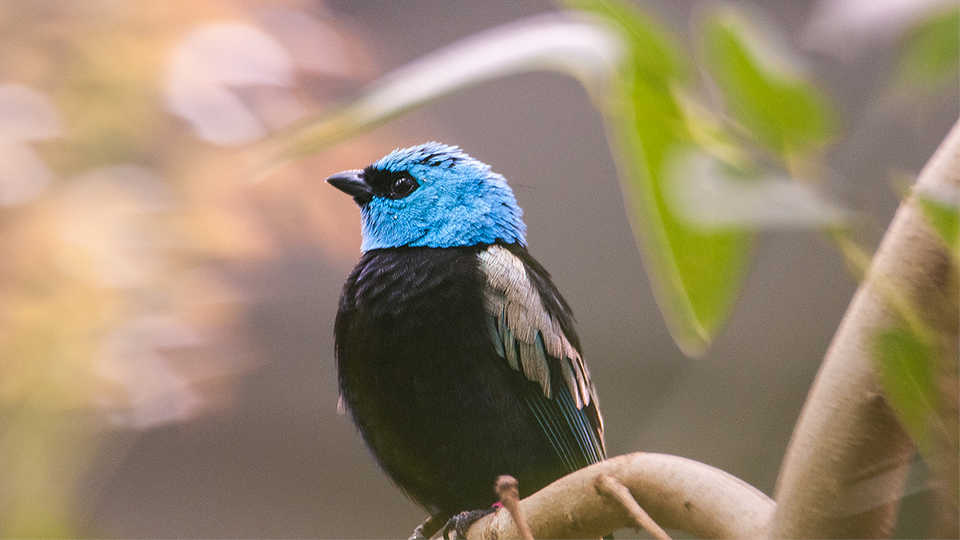
Native to the Americas, the brilliant blue-necked tanager prefers open spaces with lots of trees and brush, including parks and gardens. Though they live mostly on fruits, berries, and flower blossoms—perching on twigs to swallow berries whole, or hanging upside down from branches to peck at fruits from Cecropia trees—they've also been known to catch insects in mid-flight. The species is a modestly social one, living in small, quasi-familial units, and it’s not unusual to see a Tangara cyanicollis gathering fruits and insects for chicks belonging to another member of its flock.
Blue-necked tanagers are also more broadly non-aggressive, coinciding harmoniously with other birds within and outside of the Tangara species, which can make it a challenge for casual birdwatchers to distinguish them from close evolutionary relatives. It's often confused with the slightly lighter blue-masked tanager (Tangara nigrocincta) and the golden-hooded tanager (Tangara larvata).
Range and Conservation Status
The blue-necked tanager is found chiefly along the western coast of South America, from Venezuela down to Bolivia, with a generous concentration in Brazil. While a steady supply of birds are taken from this environment for the pet trade, the species for now still carries the IUCN’s “least concern” designation due to its large range and distribution.
Calls
Blue-necked tanager calls (which are used more for foraging than for attracting mates) provide a fascinating example of the limits of human language to transcribe or describe animal vocalizations. Tangara cyanocollis has been said variously to speak in “weak chips and a seep”; “a complaining moderate-pitched che and a high-pitched seet”; “a high tsit, rich tchup, and ti”; and “a rapid series of chittery notes followed by several strained, rising notes, e.g., chit-t-t't't't't't't't', suezzz, suezzz, suezzz.”
Subspecies
As of 2011, seven different subspecies of Tangara cyanicollis were officially recognized, each with its own particular coloration and specific geographical region. These include cyanopygia, the only species with a blue rump, found in western Ecuador; the Brazilian albotibialis, whose thighs and tibia are white; granadensis, found in the Colombian Andes; hannahiae, found in Venezuela; caeruleocephala, ranging from the Andes into Peru; melanogaster, native to Bolivia and Brazil; and, in Peru and Bolivia, Tangara cyanicollis cyanicollis.
Share This
Daily, 10 am – 4:45 pm
Thursdays during NightLife, the rainforest is open until 7:45.
The rainforest opens half an hour after the rest of the museum Monday through Saturday.
